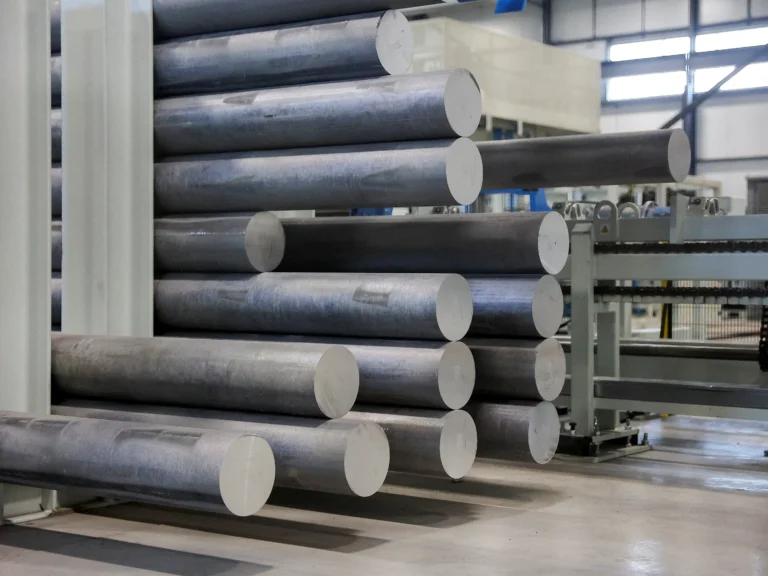Canada is weighing a plan to back its aluminium sector with public funds. The move comes as the United States holds a 50% levy on aluminium imports. Ottawa fears the high tariff may stay for months. Early talks include major producers such as Rio Tinto.
The US raised steel and aluminium duties from 25% to 50% on June 4. Washington says it aims to boost local output of key metals. Many allies object. Canada supplies over half of the aluminium used by US factories. In 2024, Canada sent more than 3.2 million tonnes of aluminium south of the border.
Jean Simard, chief of the Aluminium Association of Canada, said Ottawa is ready to act if tariffs stay. “Everything is on the table,” he told reporters. He warned that 50% duties would hurt firms’ cash flow. A long stretch of high fees could harm their global edge.
Industry minister Mélanie Joly is in talks with Rio Tinto and other players. Joly’s office said she is in “active conversations” on support measures. The aim is to protect jobs and draw new investment. Producers have not asked for help yet. But they face extra costs if duties persist.
Canada dropped plans for a digital services tax on US tech firms. That step was meant to ease tensions in talks with Washington. Yet aluminium has emerged as the top hurdle. Joly still hopes to find a tariff deal by July 21. If no deal appears, Canada may roll out its own measures.
Simard said financial aid would suit only part of the response. He sees a wider plan to shield the sector. That could include tax relief or low‑interest loans. A full rescue fund is not yet set in stone. Ottawa must weigh risks to public coffers.
The stand‑off comes as global trade rules shift. The US now squares off with China and long‑time allies. Canada must balance trade ties with its biggest market and its own industry needs. If talks break down, Ottawa may launch its own tariffs or rebates.
The steel sector won a reprieve last month when Ottawa exempted some US imports. That move removed duties from certain steel products. But aluminium faced no carve‑outs. Producers say steel relief is positive, but it leaves them exposed.
Analysts warn that narrow margins in metals make firms fragile when costs jump. “A 50% levy is a shock to the system,” said one market observer. He noted that large firms can cope for a time. Still, small plants and regional smelters face steeper odds.
Canada’s smelters employ tens of thousands of workers. Many operations are based in Quebec and British Columbia. Jobs range from factory floor roles to skilled trades. Local economies could suffer if plants run at a loss or scale back.
Consumers in the US would likely see higher prices for cans, cars and other products that use aluminium. Some firms may shift to other suppliers or make more goods at home. But few countries can match Canada’s output at scale and quality.
In Ottawa, officials stress they prefer a deal over conflict. Joly and her US counterpart are due to meet soon. Both sides aim to find a path that lifts duties on both metals. But if that fails, Canada stands ready with its own plan.
As July 21 nears, Canada’s aluminium chiefs and workers await clarity. Talks continue behind closed doors. Ottawa will decide whether to open its wallet. The goal is clear: shield a vital industry and its jobs from steep US tariffs.







